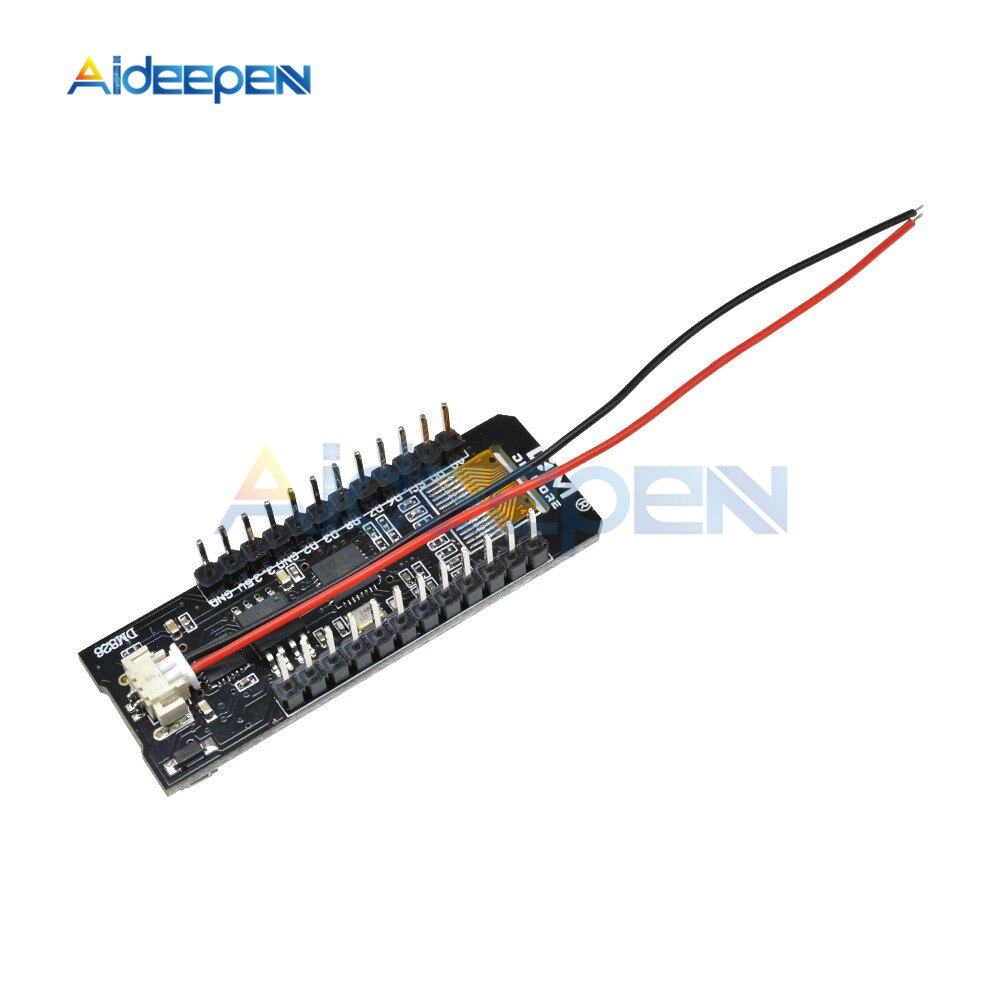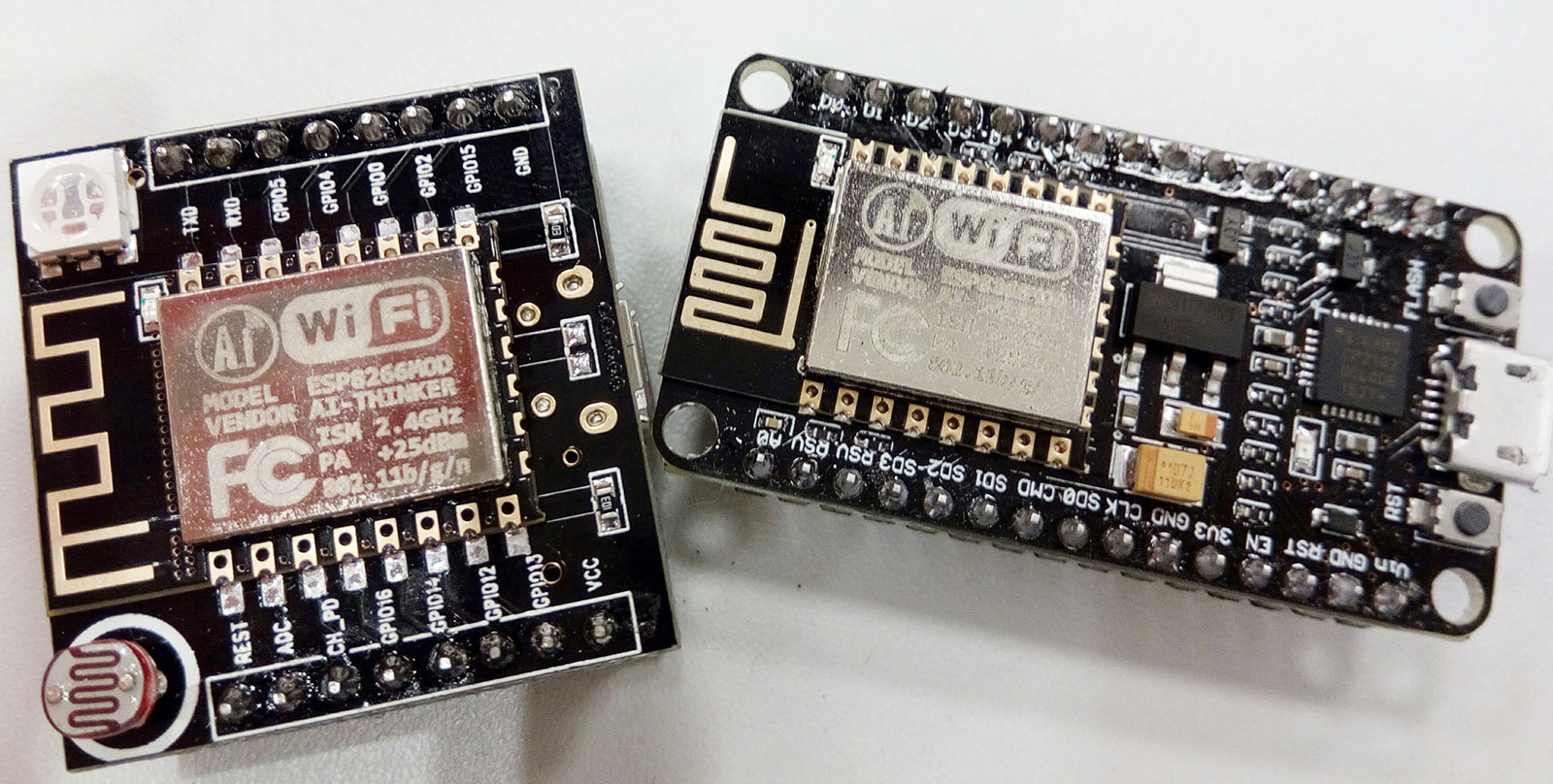
- #Esp8266 flash tool for mac how to#
- #Esp8266 flash tool for mac mac os#
- #Esp8266 flash tool for mac install#
- #Esp8266 flash tool for mac serial#
- #Esp8266 flash tool for mac drivers#
The tool for the ESP8266 looks almost identical to the past several versions all the way back to v2.3, except that two new tools have been added to the package. Add the URL to the ‘Additional Boards Manager URL’. Version 3.4.4 of the Flash Download Tool is the latest version available from Espressif at the time this article is being prepared. Open the IDE and go to the files menu and click on preferences. To be able to program the NodeMCU board in the Arduino IDE you will need to add the board to the IDE. You should see some like `/dev/tty.wchusbserial`. This will list all the available USB devices. Open terminal and type the following `ls /dev/tty*`. Once the driver has been installed the board should be available to use. Yours may be different so check before blindly deleting it. They can be found in `/System/Library/Extensions` and will have a `.kext` extension.
#Esp8266 flash tool for mac drivers#
If you had installed drivers before these will need to be removed.
#Esp8266 flash tool for mac install#
These chips are not supported out of the box in most operating systems and so we have to install the drivers for them. This is where the problem lies when getting these boards to work. These cheap boards are shipped with the CH3**G USB/serial chips.
#Esp8266 flash tool for mac serial#
The newer boards (see link above) come with a USB serial built in but some may require a USB TTL serial cable. We also recommend using the flash download tool to tweak the settings as per your requirements and click GenInitBin to generate espinitdatadefault.bin. For instance, I flash my NodeMCU on port /dev/cu. erase ESP8266’s Flash sectors to be upgraded with API. 2.3.2 Linux and OS X Platforms If you're working on Linux or Mac, you can use esptool.py tool from. They come pre-flashed with a Lua based firmware and while I understand that Lua is easy enough to pick up I wanted to be able to develop in the Arduino IDE. Weak function wifisetbackupmac for setting user MAC. They have the ESP8266 wifi chips and (on the later models) have many GPIO pins broken out ready to use. The Wemos development boards are small, cheap, wifi ready micro-controllers. I am writing about the Wemos boards a they are the boards I use most.
#Esp8266 flash tool for mac mac os#
It works on Windows, Mac OS X, and Linux computers.
#Esp8266 flash tool for mac how to#
The instructions below will allow you to program most of the ESP8266 and ESP32 boards. This posts shows how to flash MicroPython firmware on ESP32 and ESP8266 boards using the esptool.py. The title of this post is slightly misleading. Note: If you have recently upgraded to MacOS Mojave and are having issues getting your ESP* boards to work check out my post on fixing this common issue. Please noted that /dev/cu.SLAB_USBtoUART is the USB port for my USB-TTL interface, yours might be different, run ls /dev/tty.Getting the Wemos D1 Mini board to work on Mac OS 10.13 (High Sierra) esptool.py -port /dev/cu.SLAB_USBtoUART write_flash 0x7e000 blank.bin esptool.py -port /dev/cu.SLAB_USBtoUART write_flash 0x3e000 blank.bin esptool.py -port /dev/cu.SLAB_USBtoUART write_flash 0x7c000 esp_init_data_default.bin esptool.py -port /dev/cu.SLAB_USBtoUART write_flash 0x01000 .2.bin esptool.py -port /dev/cu.SLAB_USBtoUART write_flash 0x00000 boot_v1.7.bin


cd into your esptool directory and run the following commands to upgrade the firmware. You will actually only need 4 files for the upgrade, I would suggest that you copy and paste those files into your esptool directory from the downloaded bin/ directory.

Download firmware 2.1ĭownload ESP8266 nonOS SDK - Release 2.1.x, noticed that this is not the latest version as the latest version doesn't works for ESP-01 based on my experience. You need to have python installed as well. Download and install esptoolĭownload and install esptool from. This picture shows the different between ESP-01 and ESP-01S, visually ESP-01 has 2 LEDs on board near the antenna, while ESP-01S have two extra resistor between header pins and ESP8266EX chip, and with only one LED. However, you don't need an extra pull-up resistor for ESP-01S as CH_PD already has on-board pull-up resistor. Note: depend on whether you have ESP-01 or ESP-01S, for ESP-01, you will need to connect CH_PD either directly to 3v3 or via a 3k-10k resistor to 3v3. RST - a push switch (Reset button) to GND GPIO0 - Connect to a push switch (Flash button) to GND You can do more with this tool, the most useful two things Ive found are: Reading the MAC address. Wiringįor flashing the ESP-01 firmware, you need to have a USB-TTL adaptor as a programmer. Here is the step-by-step on upgrade the ESP-01 AT Command firmware (for running on macOS).


 0 kommentar(er)
0 kommentar(er)
